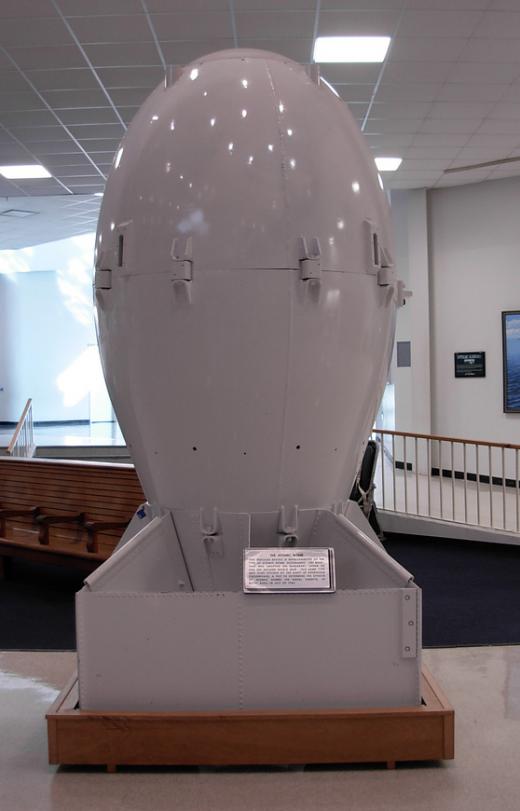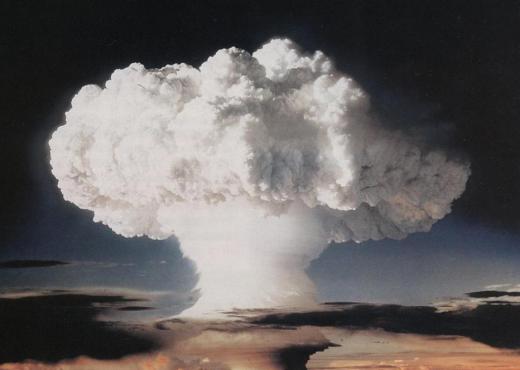What is the Difference Between the Largest and Smallest Nuclear Explosions?
 Michael Anissimov
Michael Anissimov
By tuning the design and operating mechanism of a nuclear bomb, the yield can be modified to be of a very wide range. For instance, hydrogen bombs, which fuse atomic nuclei to produce nuclear explosions, tend to be more energetic than atomic bombs, which break apart atomic nuclei for nuclear explosions instead.
The smallest nuclear explosions are "fizzles," like North Korea's test on 9 Oct 2006, which had a yield of about a kiloton of TNT, and early tests of small tactical nuclear weapons, such as in Operation Plumbbob during 1957 in the United States. Some of the nuclear explosions in Operation Plumbbob were very small, such as Pascal-A, the world's first underground nuclear explosion, which had a yield of just 55 tons (its yield was officially listed as "slight", although the yield of every other test in Operation Plumbbob was made public).

Pascal-B, another test, had a yield of about 500 tons. Balloon shots Lassen and Wheeler had yields under half a kiloton. A surface shot, Franklin, fizzled, producing a yield of about 140 tons, while Coulomb-A, a safety test, had an alleged yield of zero. It is not known how small the smallest theoretically possible nuclear explosion would be, but 55 tons is the smallest of which there is a record, and may approach the lower boundary.

Nuclear explosions with yields of a few dozen tons are considered extremely small, but still larger than almost all conventional weapon explosions. The Oklahoma City bombing, which destroyed the Alfred P. Murrah Federal Building, had a yield of only two tons of TNT, killing 168 and injuring over 800. The largest confirmed conventional bomb, the GBU-43/B Massive Ordnance Air Blast, has a yield equivalent to about 11 tons of TNT, with a blast radius of 450 ft (137 m). Its shockwave is said to be enough to destroy nine city blocks.
If Pascal-A is one of the smallest nuclear explosions of all time with a yield of 55 tons, then the largest nuclear explosion, a Soviet test called Tsar Bomba, was about a million times greater, with a yield of 50 megatons. By comparison, the Hiroshima bomb, Little Boy, had a yield of only about 14 kilotons, yet it essentially destroyed an entire city. A "typical" nuclear weapon in the arsenals of the United States and Russia in the modern day is about a couple megatons. Tsar Bomba was so huge that its yield was approximately equivalent to ten times the explosives used in World War II combined. It could have caused third-degree burns at a distance of 58 km (36 mi). The fireball radius was approximately 2.5 km (1.5 mi) and lasted for 26 seconds. This nuclear weapon was so powerful, it boggles the mind.
AS FEATURED ON:
AS FEATURED ON:












Discuss this Article
Post your comments